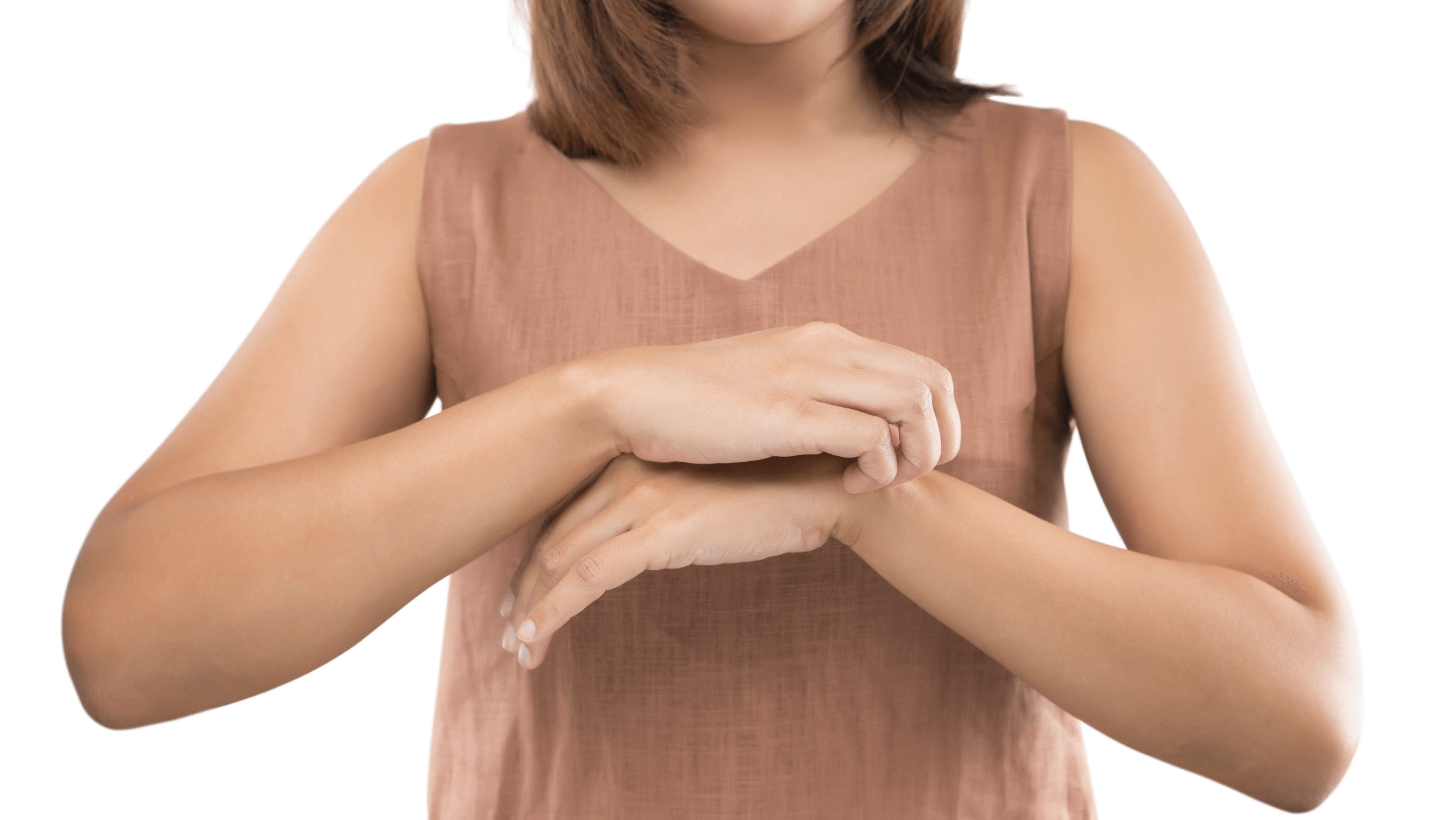Is it Safe to Pick Off a Seborrheic Keratosis From the Skin?
&srotate=0)
Have you noticed a small, waxy lesion on your skin that appears tan or brownish-black in color? If so, you may have a seborrheic keratosis (SK). While these growths are generally benign and harmless, some people remove them for cosmetic reasons. So, is it safe to pick off seborrheic keratosis from your skin?
Below, our team explores why you should see a professional instead of removing seborrheic keratosis at home. Call Spyglass Dermatology for an assessment if you have concerns about SKs or other suspicious growths. We can determine the best form of removal in Stuart or Tequesta, FL.
What are seborrheic keratoses?
You may start to see seborrheic keratoses appear as you age. These growths are extremely common and usually harmless. Though you can develop only one SK, it is more likely you will have several that range in size and color. These lesions do not spread and are not considered contagious.
Seborrheic keratoses often emerge on the chest, stomach, shoulders, and back. They can also show on the face and scalp. The waxy bumps tend to be elevated and range in color from white to brown or black. Some people confuse them with skin cancer but rest assured that seborrheic keratoses are not cancerous and pose no threat to your health.
Why is it harmful to pick seborrheic keratosis?
Picking or scratching seborrheic keratosis can lead to several problems. You may damage the skin, causing it to bleed or become infected. And, in some cases, picking results in permanent scarring. Anyone with skin diseases like eczema or psoriasis should avoid picking as this may worsen your condition and cause flare-ups.
Another reason to avoid at-home removal is that it can be difficult to tell the difference between a harmless lesion and cancerous growth. A board-certified dermatologist in Stuart or Tequesta, FL can perform an examination and distinguish between the two. They also provide safe and effective treatment options that won’t damage your skin.
How are seborrheic keratoses removed?
If you are self-conscious about your seborrheic keratoses or concerned about skin cancer, call Spyglass Dermatology. A member of our team can perform a skin assessment and use a dermatoscope to get a closer look at any suspicious growths. A skin biopsy may be performed to rule out cancer. Once a diagnosis has been made, we can recommend the best form of treatment moving forward.
If you choose to have SKs removed, know that there are several safe and effective treatment options available. These include:
- Cryosurgery: We may freeze the SK with liquid nitrogen, causing it to fall off within several days.
- Electrosurgery and curettage: We numb the skin and use an electrical current to destroy the SK. A tool called a curette is then used to scrape off the growth.
- Shave removal: Spyglass Dermatology numbs the skin and uses a sterile blade to shave off the SK carefully.
Seborrheic keratoses can return in other areas even after treatment. If this happens, we can discuss options for removal at your next appointment.
Schedule an SK assessment
Any lesion that changes in size, shape, or color should be examined by a board-certified dermatologist. If you have concerns about seborrheic keratoses or other growths, do not attempt to pick or remove them at home. Instead, call Spyglass Dermatology in Stuart or Tequesta, FL for an appointment. We can provide the expert care needed to maintain healthy and beautiful skin.